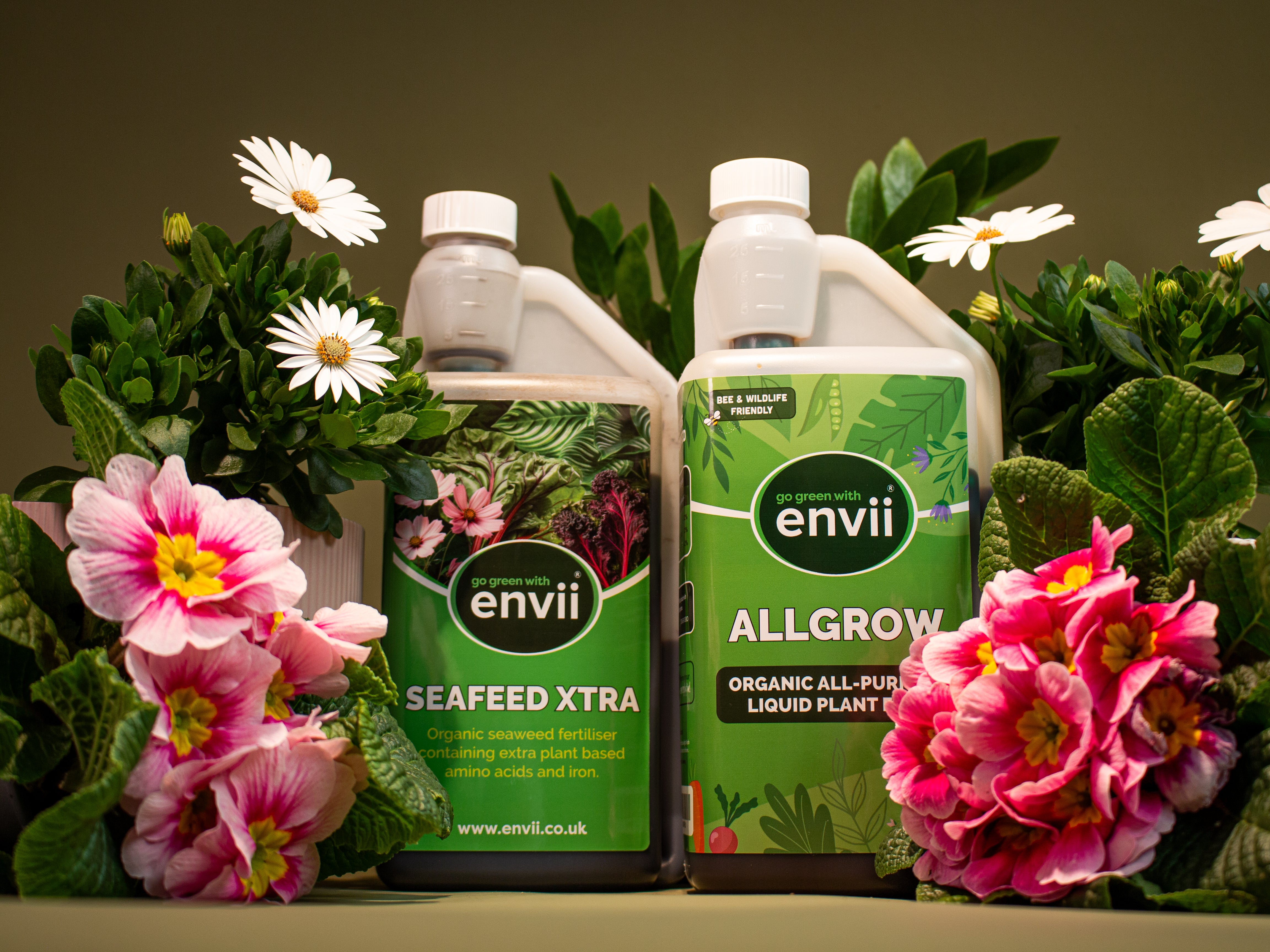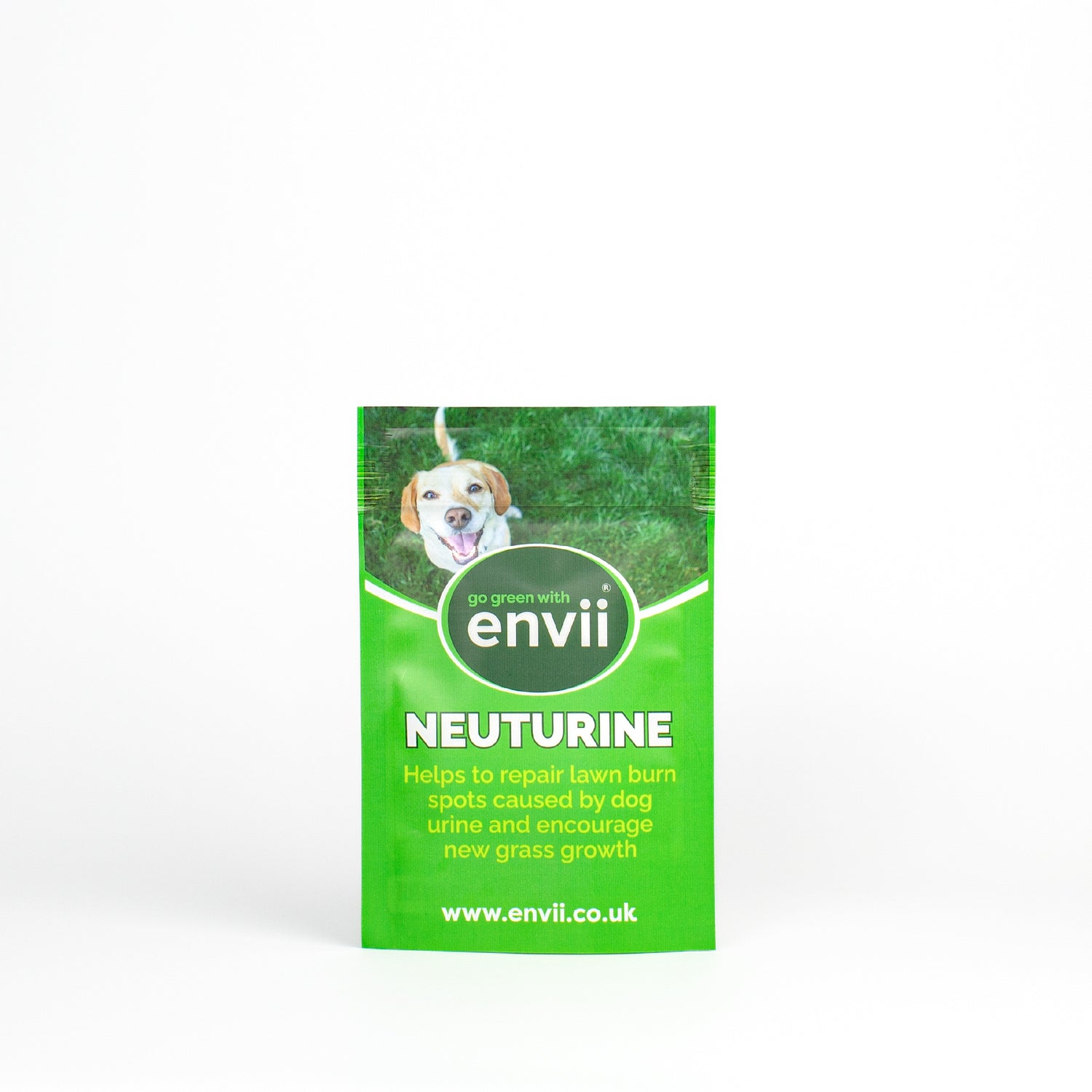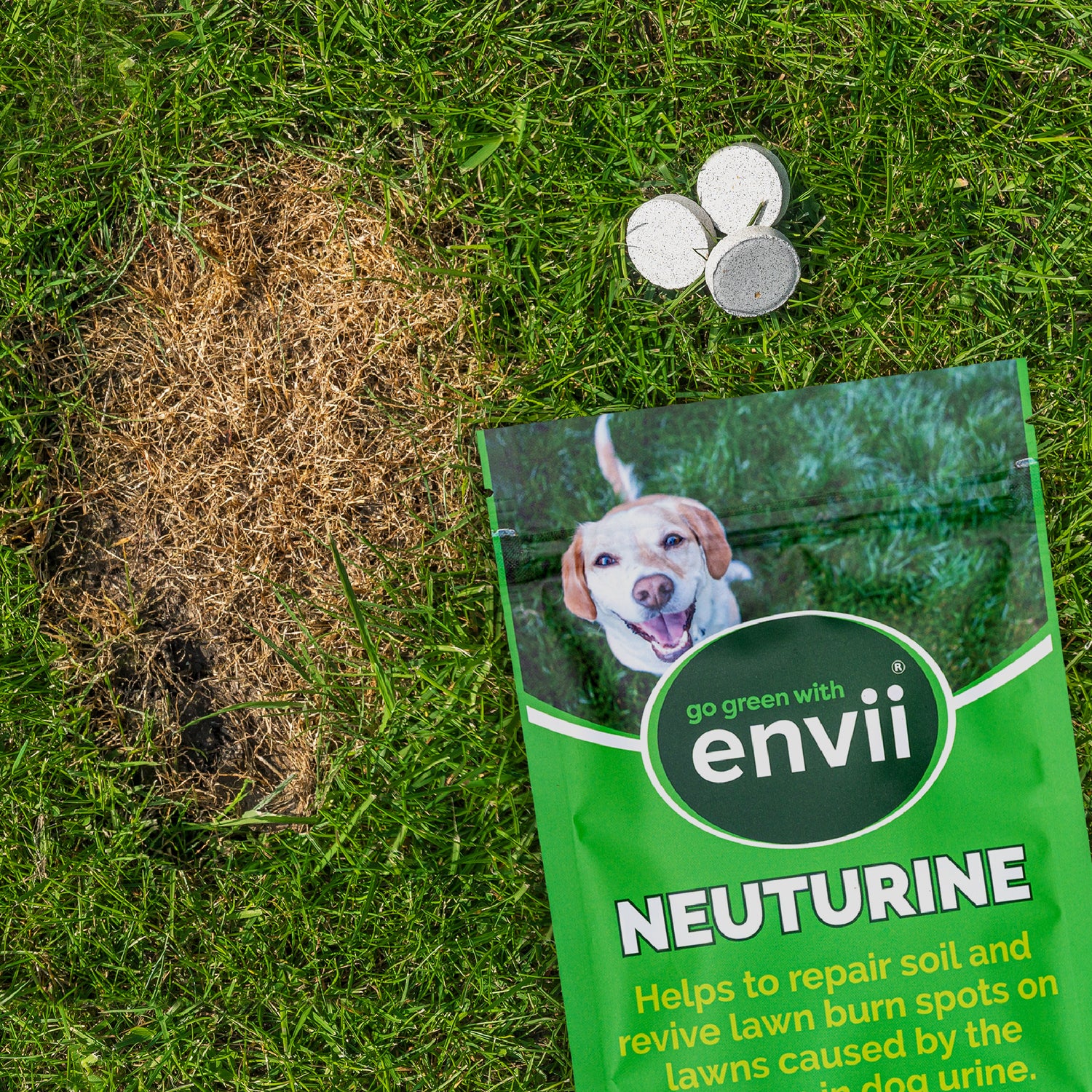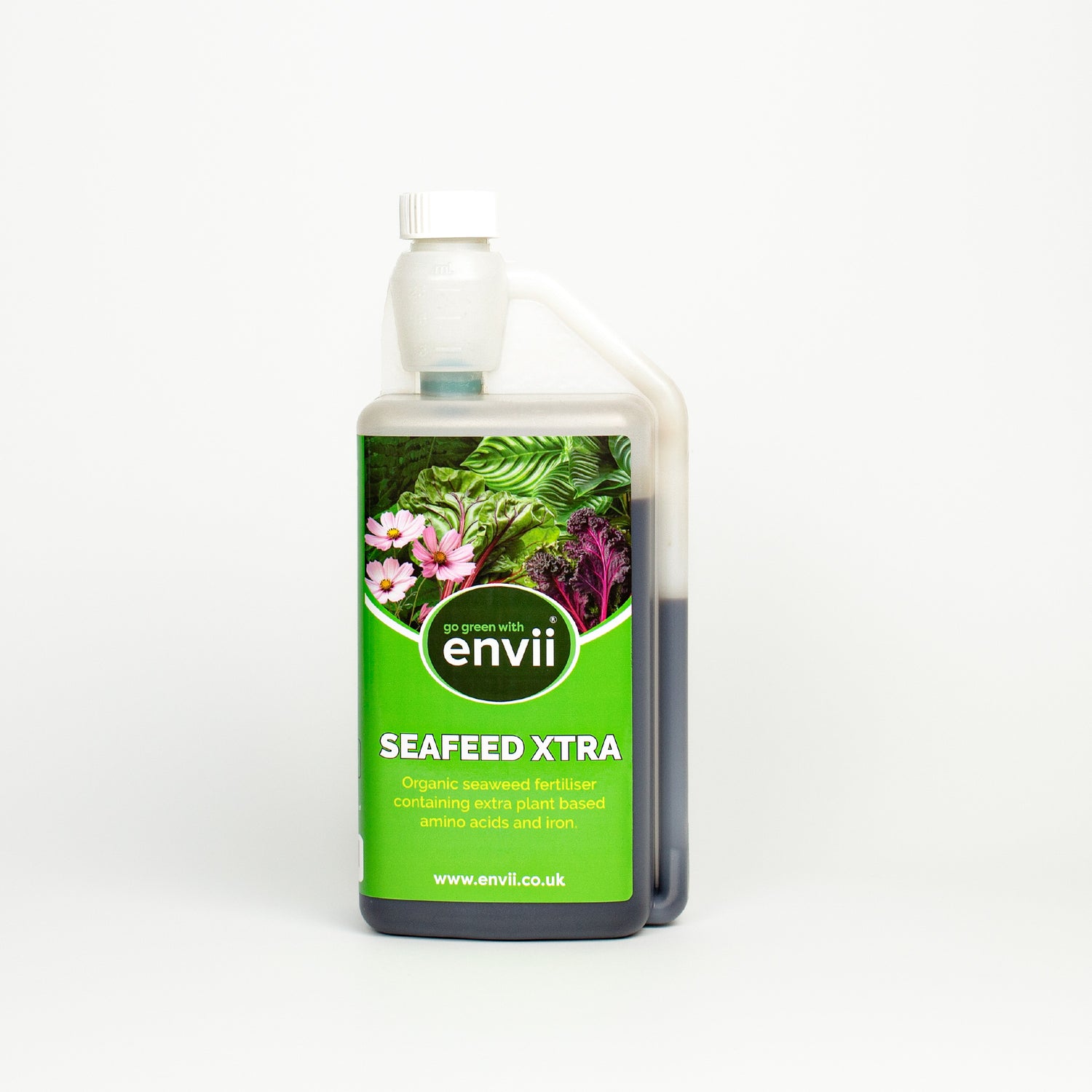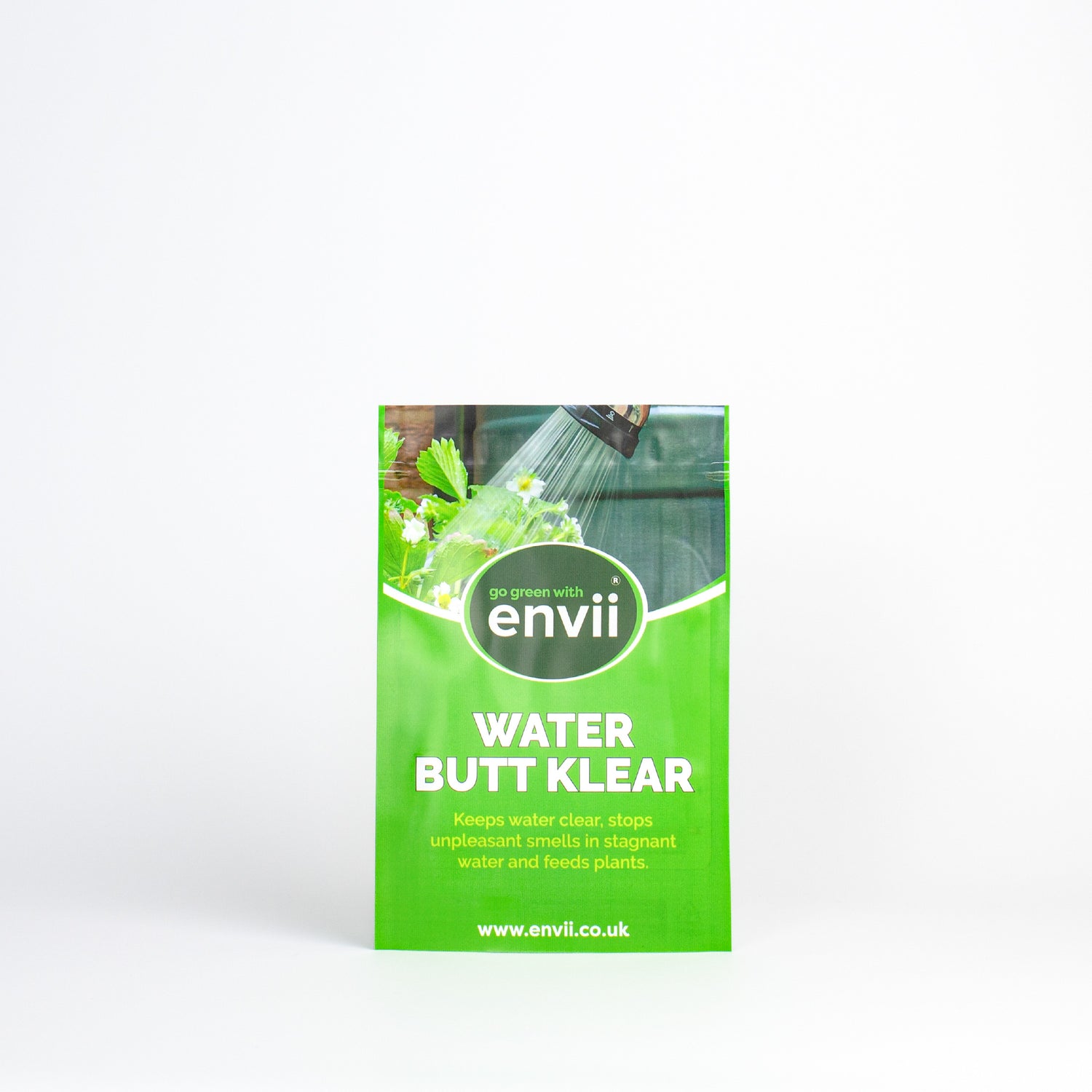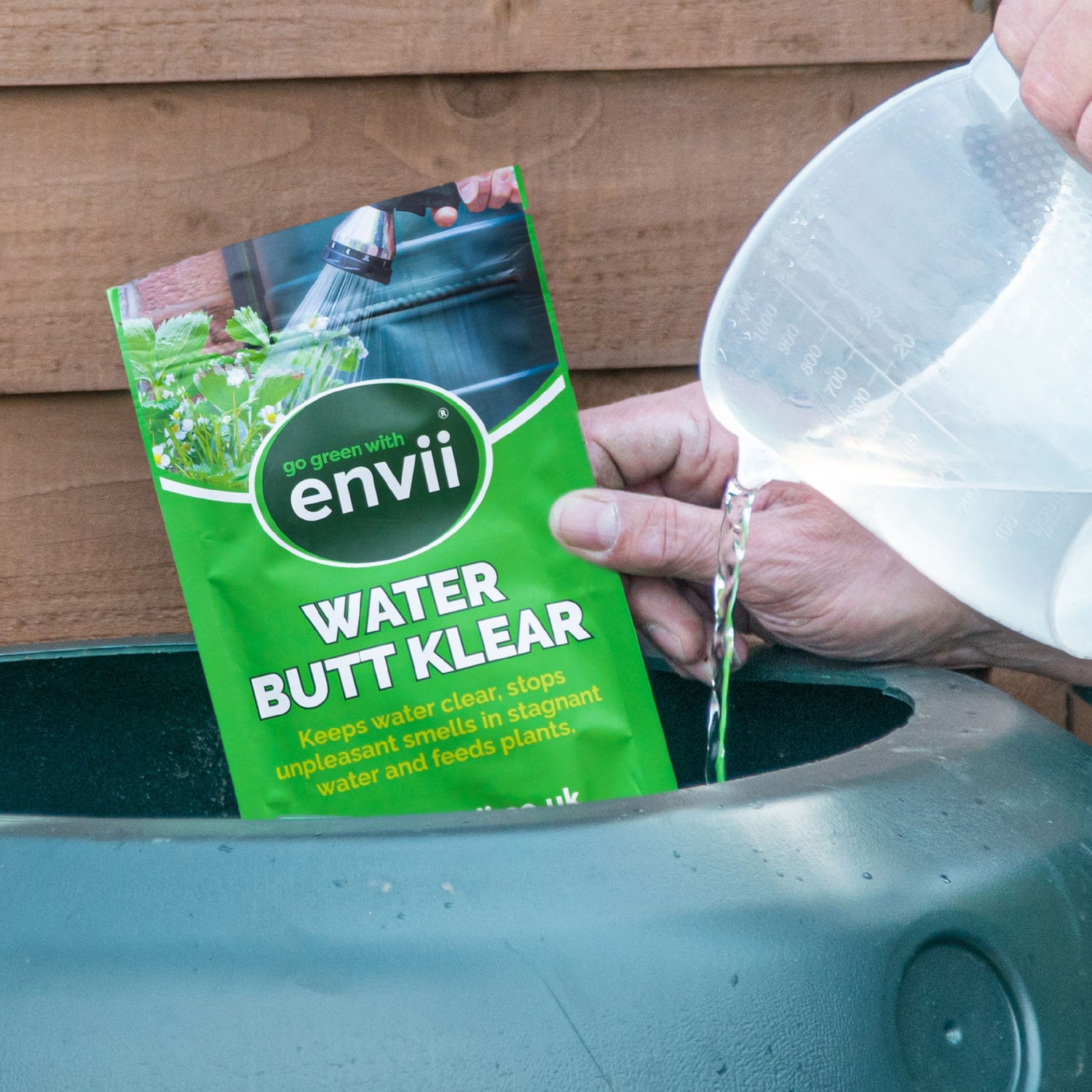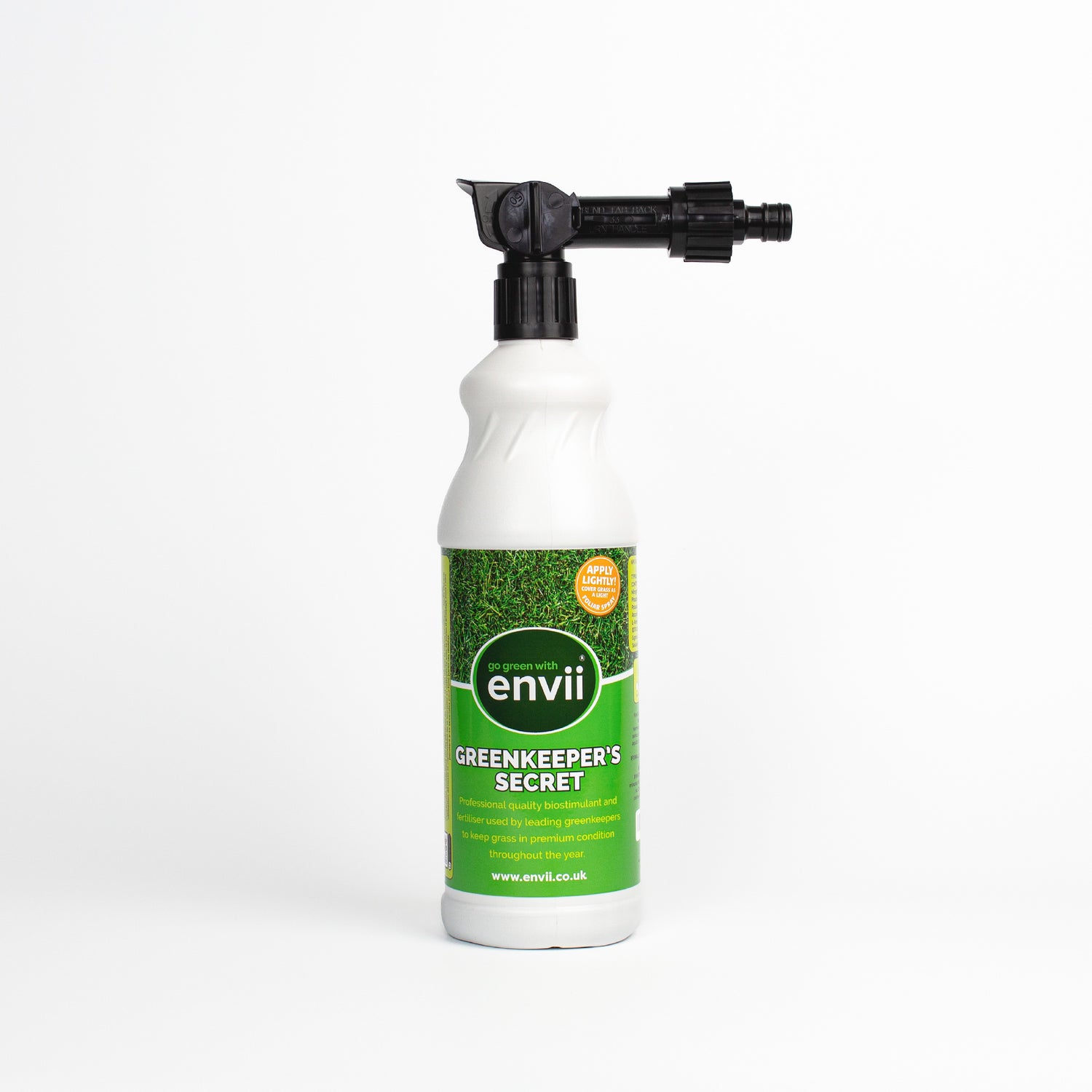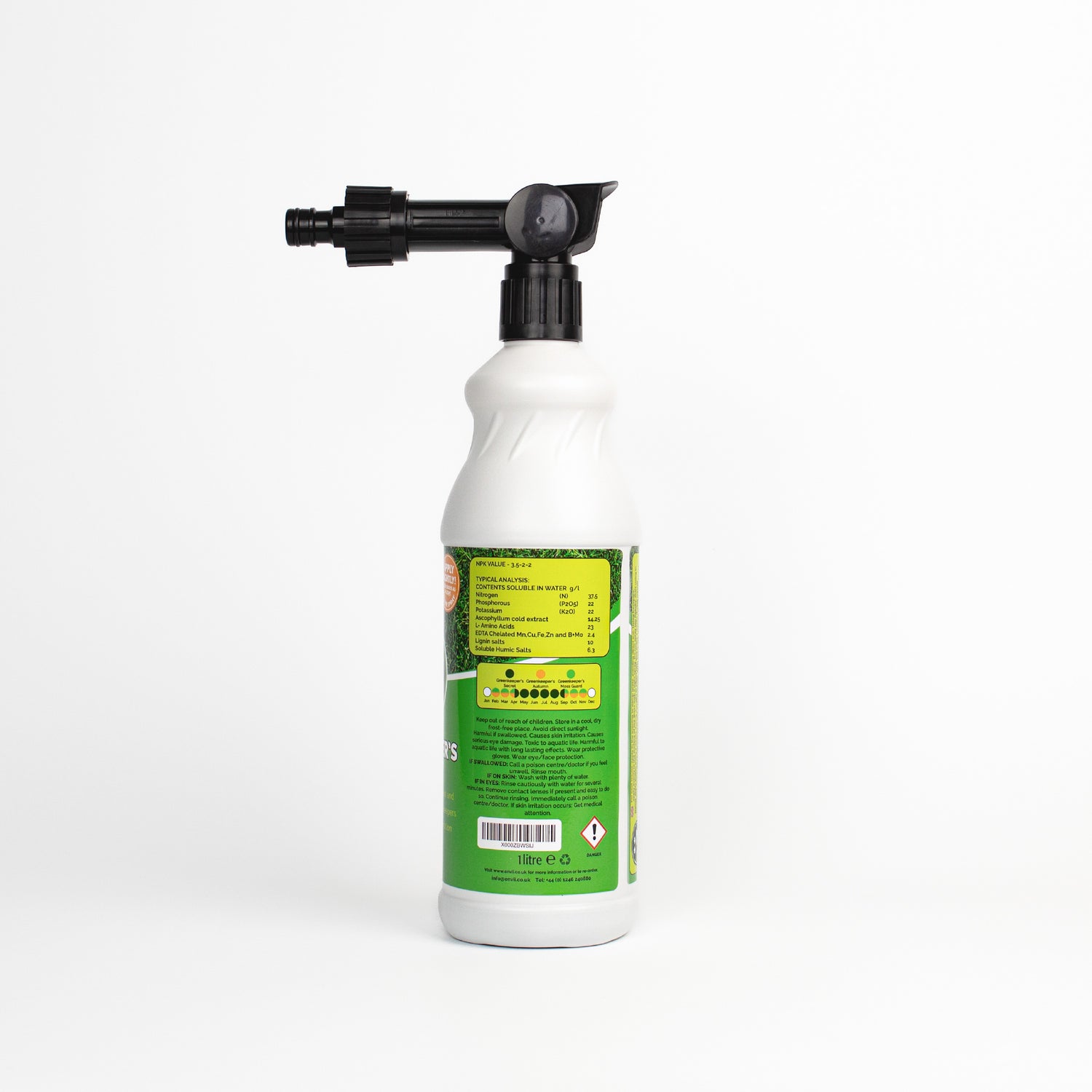Many of us may despair when we realise that our soil is clay. Clay soil can be heavy to dig and cultivate and drain slowly after a bout of rain. It can be sticky and hard to work with in the winter, but then like concrete in the summer. Despite this, numerous plants like clay soil because of its moisture retention and high nutritional content. With some treatment and the right plants, growing in clay soil does not have to be a battle. We can still enjoy a beautiful garden of shrubbery and flowers!
By following a few simple steps for clay soil treatment, it is not only possible to grow plants in this space but allow them to thrive.
Avoid walking on the soil. This compacts the soil further, potentially adding to a waterlog problem.
Add organic matter to the soil. Mulch, manure or leaf mould attracts microorganisms to break up the soil.
Build raised beds. When the roots of the plants eventually reach the clay soil, it creates a foundation that will strengthen the plant.
Use a Soil Fertility Activator, such as Envii Activearth. This will encourage earthworms and improve aeration and drainage.
Once you have completed this treatment, you are ready to begin growing!
So, what are some of the best plants for clay soil?
Clay Soil Plants
Hosta
Hostas are perhaps one of the hardiest foliage perennial plants. They like plenty of water, but not to be overwatered! Do not compact the soil after planting, instead water the area and let the soil settle itself.
Coneflower (Echinacea)
These not only look attractive but are also pollinator-attracting plants. Echinacea is also known for its herbal remedial abilities to treat the common cold and flu and relieve sore throats and coughs. Native Americans have apparently used it for hundreds of years!
Phlox
A low-growing, ground-covering plant, which will spread slowly. A hardy perennial that comes in a variety of sizes and is brilliant for encouraging wildlife into your garden.
Golden Rod (Solidago)
With apparent healing qualities, used in many countries across Europe to reduce inflammation and kidney stones! Sow the seeds directly outdoors or indoors for 6-8 weeks. It requires minimal care and plants return every year!
Heuchera
With large leaves that come in a wide choice of vibrant colours. These plants love the shade and are particularly hardy when it comes to the cold! They can grow to around 10 inches tall so perfect for adding some height and layering to any flowerbeds.
Hydrangea
A particularly unfussy plant when it comes to the weather! Not too much sun, but not too shady either for these pretty plants. They will need plenty of water at first and will need pruning in early spring for new growth. These plants can grow rather large given the space and so will need room for their roots!
Roses
There are many varieties of roses, such as shrub, rambling or climbing roses. They love the sun and need at least 4-6 hours of sunlight a day. Most varieties will bloom every year with a period of rest between.
Bee Balm
A member of the mint family, otherwise known as Bergamot. Commonly used in candles because of their strong aroma, or in herbal teas for their soothing effect on the digestive tract. A great attractor of bees and butterflies all summer long.
Aronia
A multi-stemmed bush, which can grow up to 3m tall! Perfect if you want some height! It enjoys mostly sunshine but will tolerate partial shade. In spring you will see small white flowers before fruits similar to how cranberries appear. Whilst these berries might be too tart to eat fresh, they are a superfood containing many antioxidants.
Acers
These are compact and non-invasive growers, perfect for smaller gardens. Japanese Maples are the most popular variety which bears beautiful vibrant leaves in autumnal shades before the leaves drop.
Viburnum
A popular shrub that produces flat clusters of flowers, typically white or pink. They like partial shade but can also do well in full shade. They can open from November to March, providing your garden with some flowering through the dark wintery days.
Don’t let the thought of clay soil put you off your garden. It may appear to have its disadvantages, but there are always advantages too! With some time, attention and care, your garden can be as attractive as you desire it to be.
Share
